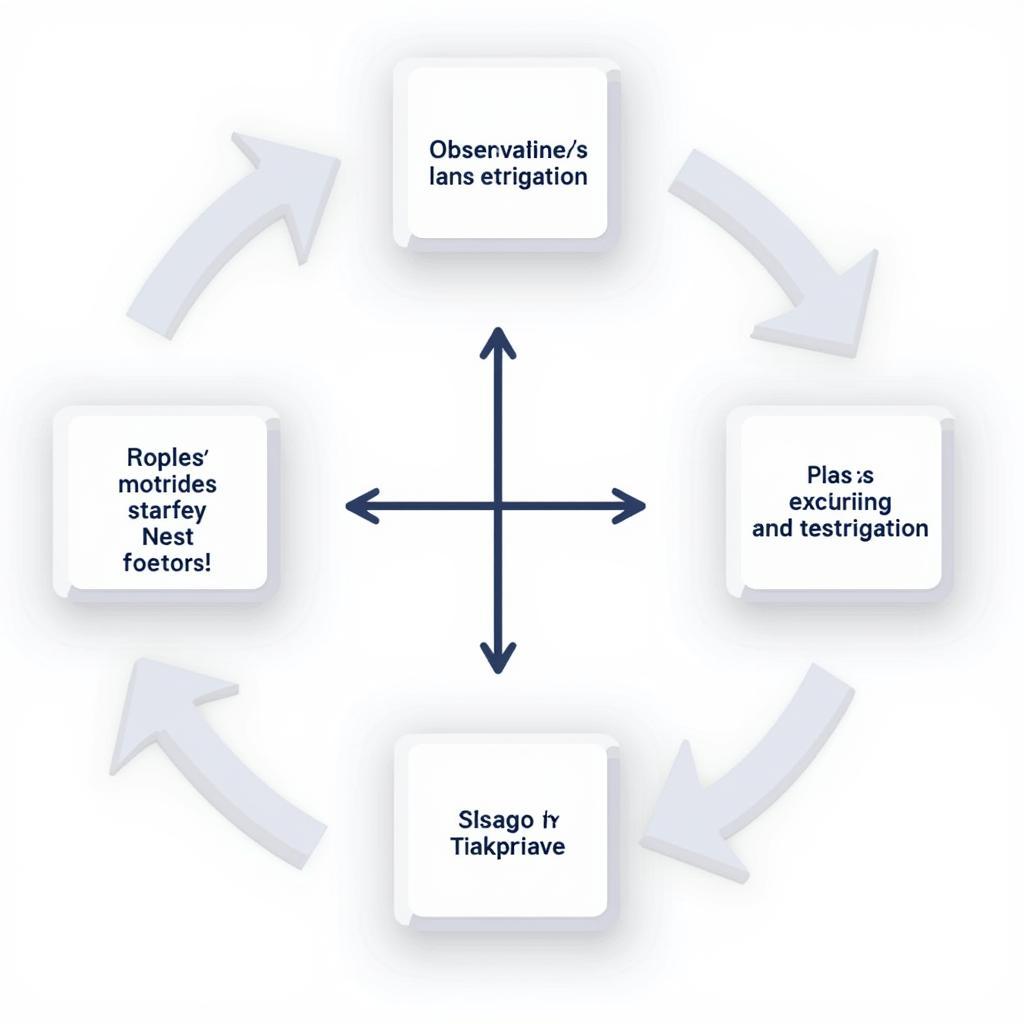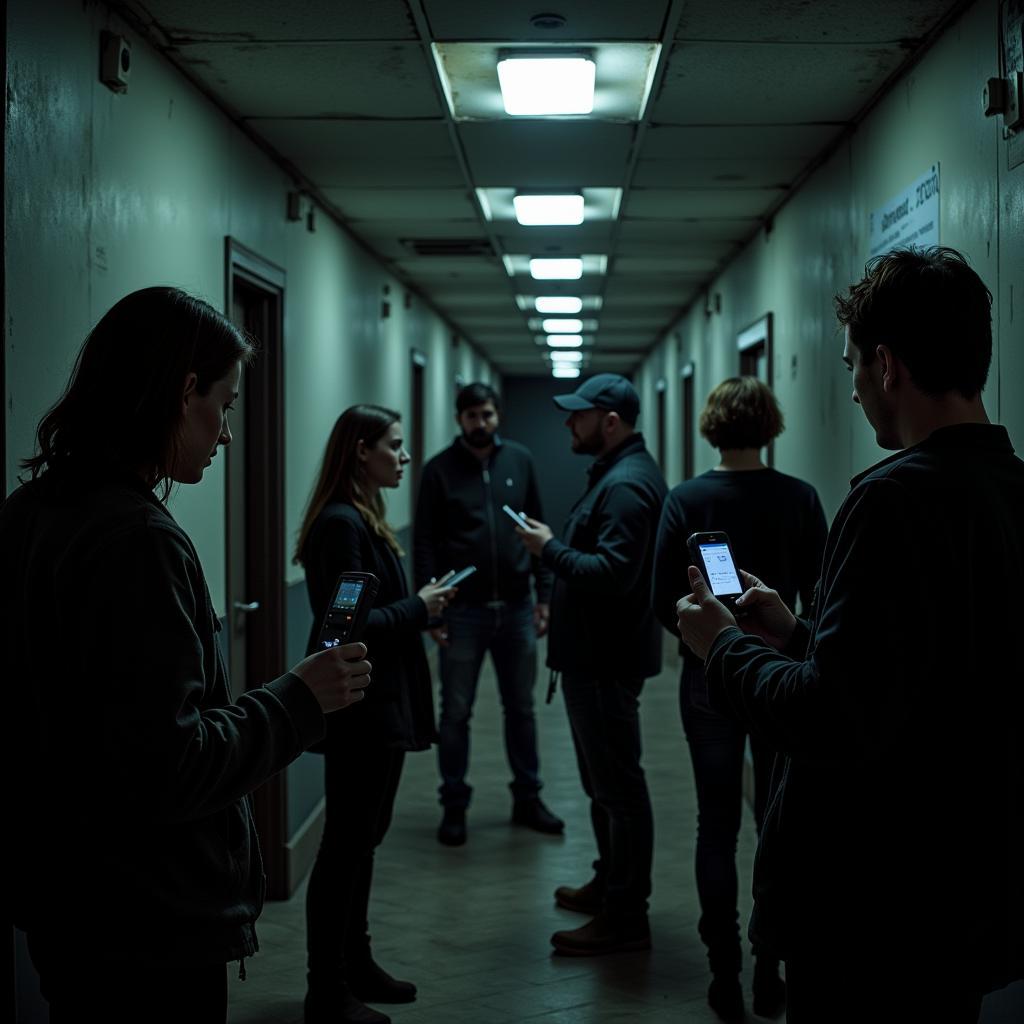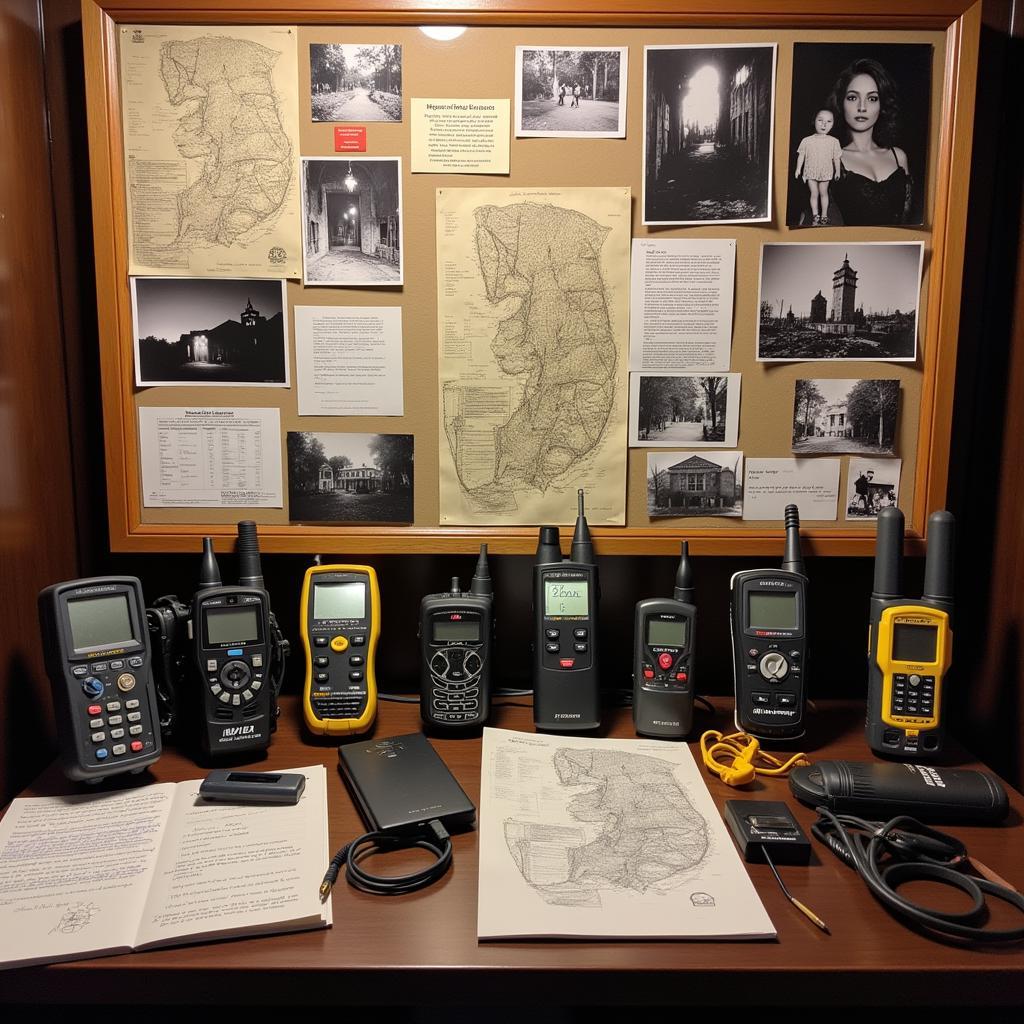The realm of paranormal research is often shrouded in mystery, fueled by anecdotal accounts and subjective interpretations. Yet, amidst the enigmatic tales and unexplained phenomena, a structured approach to investigation emerges – Phased N Research. This method, often employed by seasoned paranormal investigators, offers a systematic framework for documenting, analyzing, and potentially understanding the unexplainable.
 Phased N Research Diagram
Phased N Research Diagram
Unveiling the Layers of Phased N Research
Unlike traditional scientific methods that rely on repeatability and control, Phased N Research acknowledges the inherent unpredictability of paranormal phenomena. Instead of aiming to recreate events, it focuses on meticulously documenting occurrences as they unfold naturally within a specific location or context.
This approach is particularly relevant to locations with reported paranormal activity, often referred to as “haunted” sites. By dividing the investigation into distinct phases, each with its own objectives and protocols, Phased N Research aims to minimize bias, enhance data integrity, and ultimately uncover patterns or insights that might otherwise remain hidden.
The Phases: A Journey into the Unknown
While specific adaptations exist, the core principles of Phased N Research often involve a multi-layered approach. Each phase builds upon the previous, creating a comprehensive investigation strategy.
Phase 1: Observation and Documentation
The foundation of any credible paranormal investigation lies in meticulous observation and documentation. This initial phase prioritizes gathering firsthand accounts, historical data, and preliminary environmental readings.
- Gathering Testimonies: Interviews with individuals claiming to have experienced paranormal activity are crucial. These accounts, while subjective, provide valuable insights into the nature and frequency of the alleged phenomena.
- Historical Research: Delving into the history of the location often reveals intriguing connections. Past tragedies, significant events, or even architectural changes can offer potential explanations or correlations with reported activity.
- Preliminary Environmental Assessments: Baseline readings of electromagnetic fields, temperature fluctuations, and other environmental factors are documented to establish a normal range for the location.
 Paranormal Investigation Team Gathering Evidence
Paranormal Investigation Team Gathering Evidence
Phase 2: Sensory Exploration and Data Collection
With a foundational understanding established, Phase 2 delves into active sensory exploration. This phase employs a range of tools and techniques to detect and record potential anomalies.
- Electronic Voice Phenomena (EVP) Recording: Specialized audio recorders are used to capture faint sounds or voices not audible to the human ear. These recordings are later analyzed for potential messages or anomalies.
- Electromagnetic Field (EMF) Readings: EMF meters detect fluctuations in electromagnetic fields, which some believe might be associated with spiritual presence.
- Thermal Imaging: Thermal cameras identify variations in temperature, potentially revealing cold spots or other thermal anomalies often linked with paranormal activity.
Phase 3: Analysis and Interpretation
The collected data, ranging from personal testimonies to instrumental readings, undergoes rigorous analysis in Phase 3.
- EVP Analysis: Audio specialists examine EVP recordings, filtering out background noise and analyzing potential voices for patterns or discernible messages.
- Data Correlation: Findings from various instruments and observations are compared, seeking potential connections or overlaps that might strengthen or weaken specific hypotheses.
- Historical Contextualization: Data is analyzed in light of the historical research conducted in Phase 1, searching for meaningful connections or potential explanations.
Phase 4: Conclusion and Further Research
Based on the thorough analysis, investigators draw tentative conclusions. It’s crucial to acknowledge that definitive proof of paranormal activity is often elusive.
- Possible Explanations: Findings might point towards plausible explanations, ranging from natural occurrences to environmental factors mimicking paranormal phenomena.
- Inconclusive Evidence: In many cases, the evidence might remain inconclusive, requiring further investigation or a reevaluation of existing data.
- Continued Exploration: Phased N Research encourages ongoing exploration, acknowledging that each investigation contributes to a broader understanding of the paranormal.
Navigating the Uncertain: The Value of Phased N Research
While skeptics and proponents alike continue to debate the validity of paranormal research, the structured approach of Phased N Research offers a valuable framework for navigating the unknown. By emphasizing meticulous documentation, objective analysis, and a willingness to consider multiple perspectives, this method encourages a more rigorous and nuanced approach to understanding the unexplained.
clinical research building miami
 Paranormal Research Equipment and Evidence Board
Paranormal Research Equipment and Evidence Board
FAQs: Delving Deeper into Phased N Research
1. Is Phased N Research scientifically accepted?
Phased N Research, while employing some scientific tools and methods, is not universally accepted within the scientific community. Its reliance on subjective experiences and the difficulty in replicating paranormal phenomena pose challenges to traditional scientific validation.
2. What are the limitations of Phased N Research?
Despite its structured approach, Phased N Research faces inherent limitations. The subjective nature of paranormal experiences, coupled with the potential for environmental interference and the difficulty in establishing definitive causality, makes conclusive proof elusive.
3. Can Phased N Research be used to prove the existence of ghosts?
Phased N Research aims to investigate and analyze paranormal phenomena. While it might reveal compelling evidence suggestive of paranormal activity, definitively proving the existence of ghosts or other entities remains a complex and often debated topic.
4. What types of equipment are commonly used in Phased N Research?
Common tools include digital voice recorders for capturing EVPs, EMF meters for detecting electromagnetic fluctuations, thermal cameras for identifying temperature anomalies, and full-spectrum cameras for capturing potential visual anomalies.
5. How can I get involved in Phased N Research?
Numerous Paranormal Research groups and organizations welcome individuals interested in exploring the field. Joining a local group provides opportunities to learn from experienced investigators, participate in investigations, and contribute to the ongoing pursuit of understanding paranormal phenomena.
Exploring the Unexplained: Beyond Phased N Research
This exploration of Phased N Research offers a glimpse into the world of structured paranormal investigations. Remember, the realm of the paranormal is vast and ever-evolving. For those intrigued by the unknown, continuous learning, critical thinking, and a healthy dose of skepticism remain invaluable tools on the journey into the unexplained.
Need Assistance with a Paranormal Investigation?
Contact us:
Phone: 0904826292
Email: research@gmail.com
Address: No. 31, Alley 142/7, P. Phú Viên, Bồ Đề, Long Biên, Hà Nội, Việt Nam.
Our dedicated team is available 24/7 to assist you.